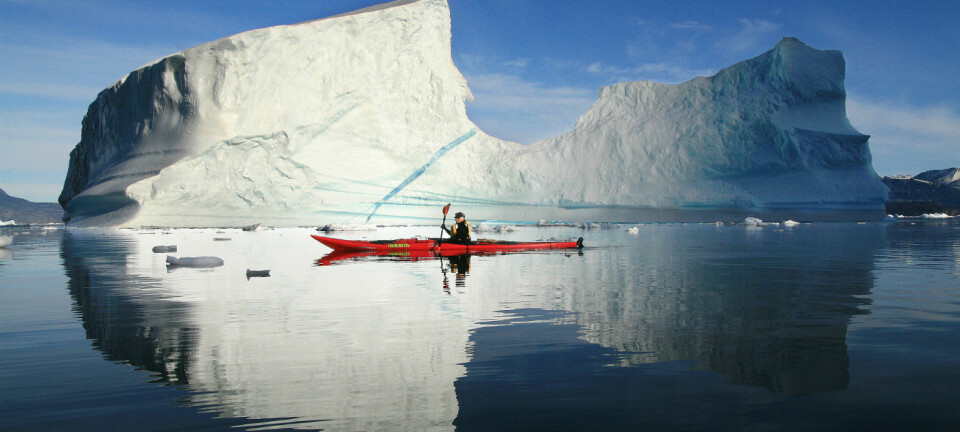
Greenlandic villages have a future
The future is uncertain for many Greenlandic villages, and some will disappear, predicts political scientist, who nevertheless sees hope for the well-functioning villages that have an industrial base.
There is no doubt in political scientist Kåre Hendriksen’s voice when he speaks about the future of the Greenlandic villages:
”Even the most positive political initiatives will not be enough to prevent the depopulation of some villages in the future,” he says.
This applies not least to the villages that no longer have an industrial base in the form of hunting and fishing.
There is no alternative
Nevertheless, one of the main conclusions of Hendriksen’s new PhD thesis at Aalborg University ’Grønlands bygder – økonomi og udviklingsdynamik’ (’Greenland’s villages – economy and development dynamics’) is that most of the villages that have a basis for fishery and hunting, along with the necessary shopping facilities, function well, both economically and as residences.

”But I fear that even some of these villages, e.g. in the Upernavik and Kangaatsiaq districts, will be depopulated relatively quickly if the Greenlandic government [the Self-Rule administration] doesn’t change its position on Greenlandic settlements and how the locals use the resources.”
Hendriksen does not see much sense in these village closures, as the alternative for many of the residents would be a life of unemployment and welfare benefits in Greenlandic towns, and this will lead to an increase in public spending:
“The problem is that the residents of today’s Greenlandic towns earn a living by cutting each other’s hair, because there is no solid industrial base,” he says.
“And as long as the situation remains as it is, there is an advantage in supporting the well-functioning villages where there are opportunities for hunting and fishing.
The problem is that the residents of today’s Greenlandic towns earn a living by cutting each other’s hair, because there is no solid industrial base.
He does not believe that the highly publicised mining projects will necessarily lead to many new jobs for Greenlanders either. In the Nulanaq gold mine, which is the only current mining project, it has only rarely been possible since the start of the project ten years ago to have more than 50 percent domestic manpower, even though only 80-100 people work at the mine.
Local focus
But efforts are needed if we are to prevent residents in the better-functioning villages from voting with their feet and leaving.
The general view today is that large-scale operations are more profitable. One consequence of this is that politicians have focused on phasing out the local dinghy fishery in favour of fishery with large cutters. Another is that the local factories and the small shopping facilities are replaced by larger units.
“Instead, it could be a good idea to start thinking in terms of sustainability and focusing on potential new consumer groups in the western world which demand exclusive fish products that are caught locally, have a history and are produced in an environmentally-friendly way.”
Higher living costs
The researcher also points out that the village populations not only live with a much lower standard of social services and a very limited range of goods, but also with higher prices on commodities.
When the uniform price system was abolished in 1994, it was decided that the Home-Rule should ensure the same prices in the various districts. This subsidy has subsequently fallen from €13.5 million to €5 million in 2011.
In addition, the price of electricity and water is much higher in the villages than in the capital Nuuk. This not only affects the households, but also the local fishing industry, which is struggling to be competitive.
--------------------
(This article is reproduced on this site by kind permission of Polarfronten, a Danish online magazine with news about polar research.)
Read the Danish version of this article at videnskab.dk









